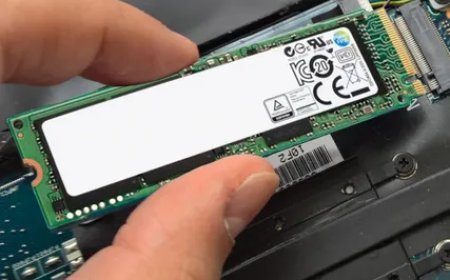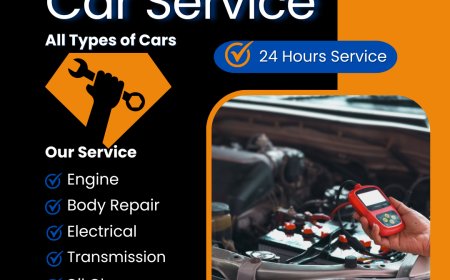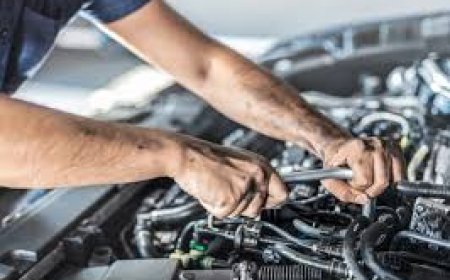Common Issues and Quick Fixes for Used Motor Graders
Keep your used motor graders running smoothly with quick fixes for common issues like hydraulics, overheating, idle trouble, and steering play.

Diagnosing Unresponsive Hydraulics
When a motor graders blade starts acting up, moving sluggishly, or not responding at all, its usually a hydraulic issue. These systems do the heavy lifting and are vital for performance, but theyre also susceptible to wear. The most common culprits include low hydraulic fluid levels, dirty or contaminated fluid, and clogged return filters. Even a small amount of air in the system can throw things off. One quick fix is to bleed the air and replace the filter if it hasnt been changed recently. Checking the control valve linkage for looseness or sticking can also save a call to the mechanic. With used motor graders, the seals and cylinders may leak under load, so routine inspection and quick resealing jobs can prevent bigger problems from developing.
Resolving Steering Play or Drift
Loose or drifting steering is more than just annoying. Its dangerous on a busy job site. Used motor graders often show this issue after thousands of hours in the field. Most of the time, its caused by wear in the steering linkage, tie rods, or bushings. Other times, air in the hydraulic steering circuit or low-pressure levels can be to blame. Bleeding the system and tightening or replacing worn linkages can make a big difference in handling. Some operators also forget to check the steering fluid filter. If thats clogged, it can starve the system of pressure. Regular greasing of moving joints and checking torque specs on critical fasteners goes a long way in keeping the steering crisp and responsive.
Engine Starting Problems and Idle Fluctuations
Used motor graders that are reluctant to get going or idle unevenly can leave operators shaking their heads. In many cases, it can be a straightforward reason, such as a worn battery, bad fuel delivery, or dirty air filters. Cold starts are even more problematic, particularly with diesel engines having worn-out glow plugs or weak starters. Idle irregularities can be immediately smoothed by replacing a clogged fuel filter or by cleaning injectors. In certain situations, one can look at the ECM to see if there are fault codes stored, which will give a clue as to whether it is an electrical sensor that is going bad or simply a lack of good combustion. Even something as basic as tightening loose battery terminals or cleaning corrosion off connections can bring a tired grader back to life in seconds.
Gear Shifting Hesitation or Grinding
A motor grader that will not shift easily or grinds through the gears, the problem is usually somewhere in the transmission or a little higher up in the controls. Machines that have been used occasionally become slack in shifter linkages, or electronic shift sensors become out of calibration. In case the transmission fluid is dirty or low, it is unable to sustain hydraulic pressure, which results in slow and harsh shifts. The temporary solution is topping up with the right spec fluid and cleaning the magnetic drain plug of metal shavings. In case this does not work, checking the shift solenoids or replacing bushings that have become worn out can bring back the smooth gear change. You should also eliminate the possibility of operator habits. There are problems that occur because of riding the clutch or forcing gears at low RPMs.
Uneven Blade Wear or Grading Inaccuracy
Grading isnt just about moving earth, its about precision. When a grader begins cutting unevenly, the issue could stem from more than just operator error. Uneven blade wear, misaligned frames, or bent moldboards can all affect the finish. Checking the blade pitch and angle, then comparing both sides, is a good first step. Sometimes, its a simple fix like adjusting the blade's top link or shimming a worn corner. If the machine drifts off line or cuts deeper on one side, articulation cylinder pressures or tire mismatches could be affecting frame geometry. With used graders, even minor wear can build up to noticeable grading flaws. Thankfully, most of these issues are easy to correct with a close inspection and a few tools.
Overheating During Extended Use
It doesnt take long for a hard-working grader to overheat if cooling systems arent up to par. A dirty radiator or a failing thermostat can spike engine temps even on cool days. Older machines often suffer from scale buildup in cooling passages or stretched fan belts that reduce airflow. A smart first step is a full visual inspection, look for leaves, dirt, or bugs blocking airflow, and flush the radiator if buildup is present. Replacing the thermostat is another inexpensive move that can solve chronic overheating. Dont overlook the water pump and hoses; cracks and leaks can go unnoticed until coolant loss becomes a serious issue. Regular coolant checks and replacing worn components help keep the engine running at a safe temperature.
Electrical Gremlins: Lights, Gauges, and Warning Systems
Occasionally, the used graders exhibit strange electrical characteristics- the lights go dim, the gauges go out, or the alarm goes off. Such glitches usually indicate poor grounds, faulty sensors, or frayed wires that are scraping across metal. A voltmeter and a bit of patience can go a long way in tracing the offender. Begin with the battery and alternator; inadequate charging may cause voltage drops that impact various systems. Then inspect fuses and relays to see whether they are corroded. Be particularly careful of exposed wires behind the dash or close to the engine-vibration and heat get at them. The entire system can be restored to normalcy at a minimal cost by restoring good connections or replacing broken wires.
Creating a Simple Weekly Maintenance Routine
It is not always necessary to have hi-tech diagnostics to keep problems at bay. One of the most intelligent plans is to have a stable weekly maintenance schedule by the owner of used motor graders. Block out a few hours to inspect fluid levels, hoses and belts, air filters, and any unusual sounds or oddities in performance. Leaks or wear can be detected before they get out of hand by a walk-around inspection just before startup every day. Recording the engine hours and noting small problems to be repaired later keeps operators on their toes and machines on the road longer. A steady hand will allow the identification of many typical issues early in their development and eliminate them in a short period, without taking the grader out of service and wasting days.




































